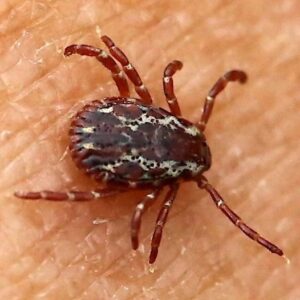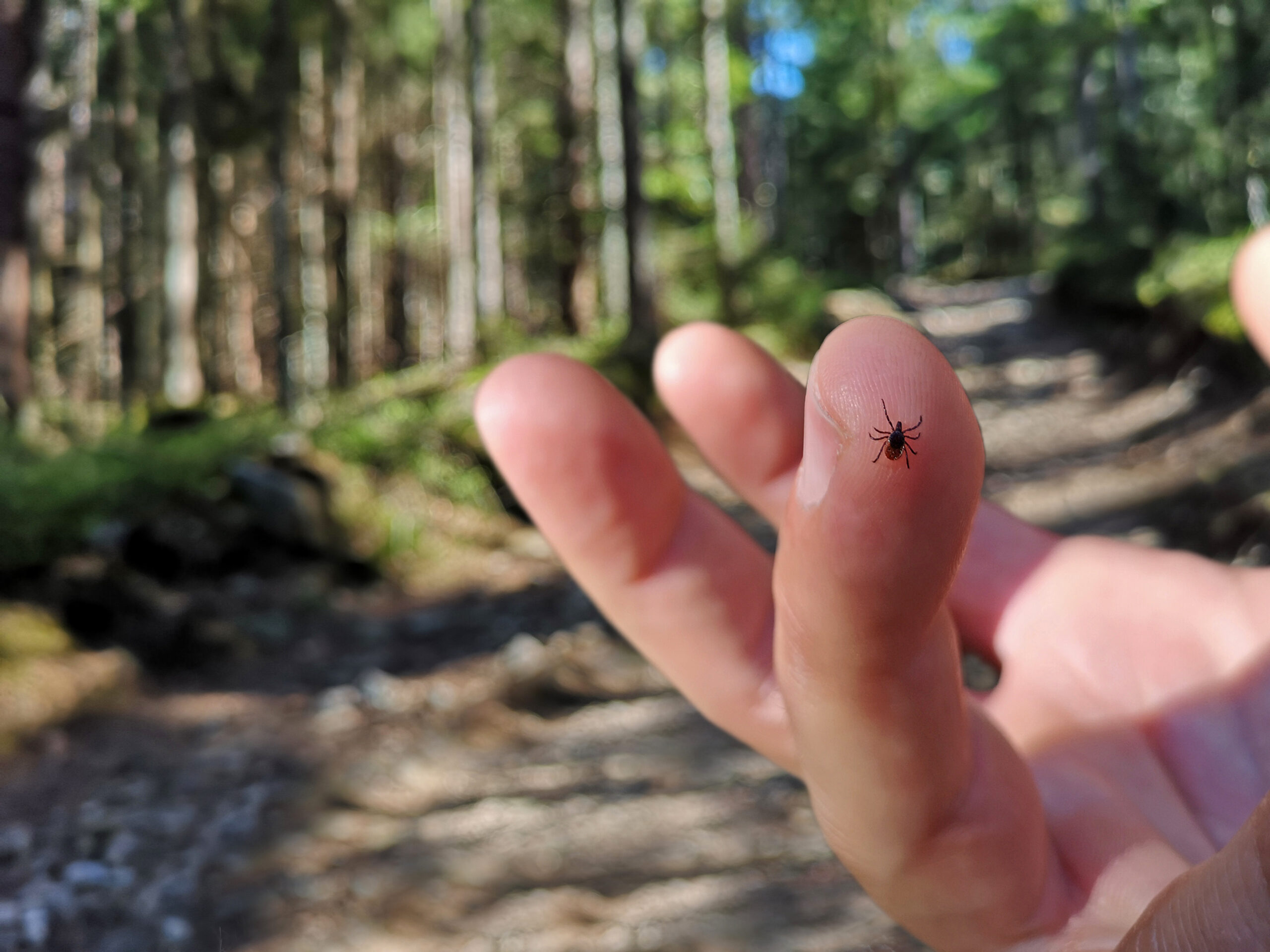
I like to believe that I am a loving and compassionate person toward all living things. Even though many people have a fear of spiders and snakes, I don’t get so scared of them that I actively try to stay away from them.
It’s possible to argue that I have a high threshold for creepy crawlies. but without ticks.
No, even though it makes me feel horrible to say it, I wouldn’t miss a single sleep if ticks disappeared tomorrow. The problem is that they can be harmful in addition to being bothersome and intrusive—enough to make most people cringe.
Ticks are known to transmit serious illnesses like Lyme disease and Rocky Mountain spotted fever, so it goes without saying that you should avoid having them around as home guests.
That being said, the likelihood of you coming into contact with ticks might vary greatly based on your location, the season, and whether or not you have pets at home.
What should you do, therefore, if and when you encounter one of these microscopic blights?
Determine and separate the issue
Identifying the sort of tick—whether it’s a dog, brown dog, or black-legged tick—is a smart idea. If the tick is in a particular region, keep your kids and pets away from it until it has been removed.

precautionary measures
Make sure you cover your skin by wearing gloves and long sleeves to prevent ticks from attaching themselves to you.
Make sure everything is clean.
Make sure to wash any bedding or clothing that the tick may have come into touch with thoroughly. Put it on high heat. Take extra care to get into the nooks and crannies when you vacuum the area.
Elimination of ticks
Using tweezers with fine tips, remove the tick as close to the skin’s surface as you can. Take care not to twist or jerk as you slowly draw upward to prevent the tick’s head from breaking off and staying in your skin.

After removal, use soapy water or alcohol to clean any bite locations. The tick can be removed with alcohol or by flushing it down the toilet.
Keep an eye on your bite.
It’s a good idea to keep an eye out for symptoms at any bite sites you locate, as well as on the individual who was bitten.
I hope this is useful! Post this article on Facebook to aid in the message’s dissemination.